The success of any project, whether it's a cozy throw blanket or a statement piece of clothing, hinges on the fabric choice. The right fabric not only impacts the project's visual appeal but also its functionality and feel. This article will explore two popular yet contrasting fabrics - chenille and linen. Chenille, renowned for its luxurious softness, offers an inviting, plush experience.
Linen, on the other hand, is celebrated for its cool, breathable texture, ideal for warmer climates and a relaxed aesthetic. Understanding the unique properties of each fabric will empower you to make informed decisions for your next project, be it clothing, upholstery, or anything in between.
Read also: Chenille vs. Velvet - A Guide for the Discerning Decorator (and Fashionista!)
Unveiling Chenille: The King (or Queen) of Coziness

Chenille fabric is a soft, fuzzy material known for its caterpillar-like texture. It's made by wrapping short lengths of yarn around a core yarn and then cutting the loops to create a plush pile. This technique results in a fabric that's cozy and has a distinctive, textured appearance. I would say that: Chenille reigns supreme in the realm of cozy comfort.
Unlike linen's crispness, chenille boasts an incredibly soft and plush texture. This signature feel is achieved through a unique construction method. Short, fuzzy segments called piles are woven around core yarns, creating a surface that feels luxurious and invites snuggling. Here's a breakdown of Chenille's pros and cons:
Benefits:
- Incredibly soft and plush texture
- Adds a touch of elegance and warmth to projects
- Good insulator - keeps you warm
- Available in a variety of colors and styles
Drawbacks:
- More delicate and requires special care (cleaning methods, prone to staining/fading)
- Prone to snagging and pulling due to the fuzzy texture
- Can be more expensive than linen, especially depending on the fiber content
- May not be as breathable as some other fabrics
Related to: What is Chenille Fabric? It is The 2024 Best Fabric
Linen: The Champion of Casual Comfort

Linen fabric, generally acknowledged to have originated in Egypt about 10,000 years ago, is made from the fibers of the flax plant. The process involves harvesting the flax plants, separating the fibers from the stalk through a process called retting, and then spinning these fibers into yarn.
This allows linen to for excellent air circulation, keeping you cool and comfortable on hot days. Durability is another hallmark of linen. This strong and long-lasting fabric is known to withstand wear and tear effectively, making it a great option for items that will see frequent use. Linen also delivers a relaxed and elegant aesthetic.
Its natural wrinkles and understated texture create a timeless look that complements various design styles. Perhaps the most delightful characteristic of linen is that it becomes softer and more comfortable over time with use, offering a reward for embracing its natural state. Linen stands out as a champion of casual comfort, offering a stark contrast to chenille's plushness. But hey, there are two sides to any coin, and so is linen. So here is the pro-cons you want to know:
Benefits:
- Cool and breathable texture, perfect for warm weather
- Strong and durable, known to last a long time
- Offers a relaxed and elegant aesthetic
- Becomes softer and more comfortable over time with use
Drawbacks:
- Can wrinkle easily, requiring ironing or embracing the natural crinkled look
- It may require special washing methods to prevent shrinkage
- It is not as soft as chenille initially, although it softens with use
- Can be more expensive than some synthetic fabrics
Read also: Polyester vs chenille: Understanding the Differences
Choosing Your Fabric Fighter: A Project-Based Guide

By understanding the strengths and weaknesses of each fabric, you can choose the perfect material to bring your project to life. Thus, before picking between chenille and linen it will bode well if you know what this fabric will be used for.
- Consideration for Use:
- Bedding: Linen's coolness is great for sheets, while chenille throws add a cozy touch. Thus, in warmer place linen usually comes as first pick, while chenille are more intended for colder setting.
- Clothing: Linen's breathability makes it ideal for summer clothing, while chenille's softness is perfect for loungewear or sweaters.
- Upholstery: Linen offers durability for high-traffic areas, while chenille provides a plush feel for accent pieces. Personally, I like chenille better because it provides a plush and inviting feel that is suitable for both your kids and your cat (and also your dog, of course!). Here is an example of a good sofa made of chenille.
- Factors to Prioritize:
- Durability: Both fabrics are durable, but linen might be better for high-traffic areas.
- Breathability: Linen is much more breathable than chenille.
- Softness: Chenille is significantly softer than linen initially.
- Care and Maintenance: Linen might require special washing, while chenille is more delicate overall.
- Cost: Linen can be more affordable than chenille, especially depending on fiber content.
Read also: Decorate for Less: Your 2024 Spring Sale (Insider) Tips
Conclusion
Chenille and linen offer distinct advantages, making them well-suited for different purposes. Chenille's luxurious softness creates a cozy and inviting atmosphere, while linen's cool breathability is ideal for warmer climates. Ultimately, the best fabric choice depends on your specific project needs.
Consider the intended use, desired feel, and care requirements to make an informed decision. Remember, there's no single "winner" - both chenille and linen can elevate your project with their unique characteristics. So, unleash your creativity and choose the fabric that best reflects your vision!
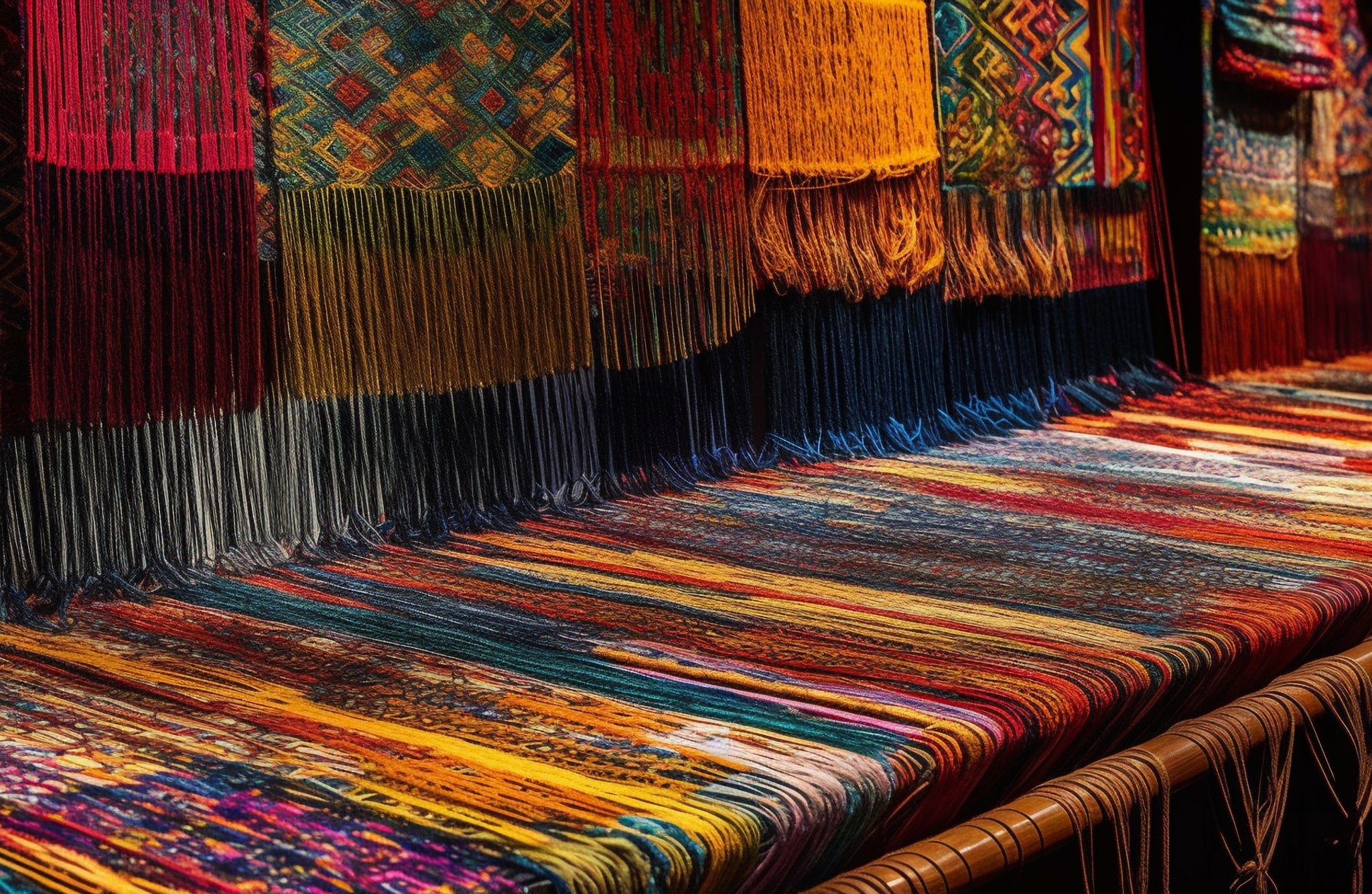


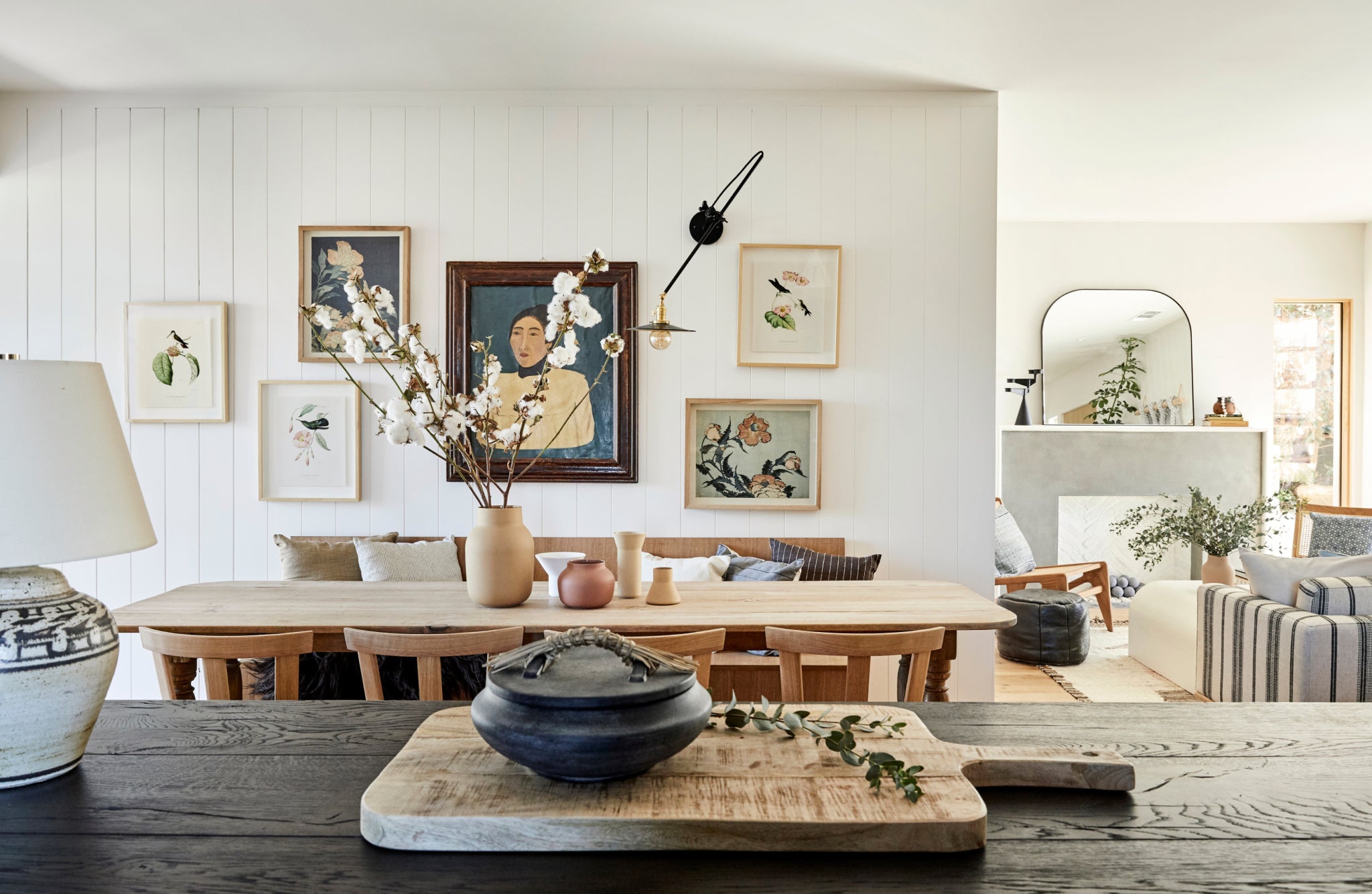

Leave a comment
This site is protected by hCaptcha and the hCaptcha Privacy Policy and Terms of Service apply.